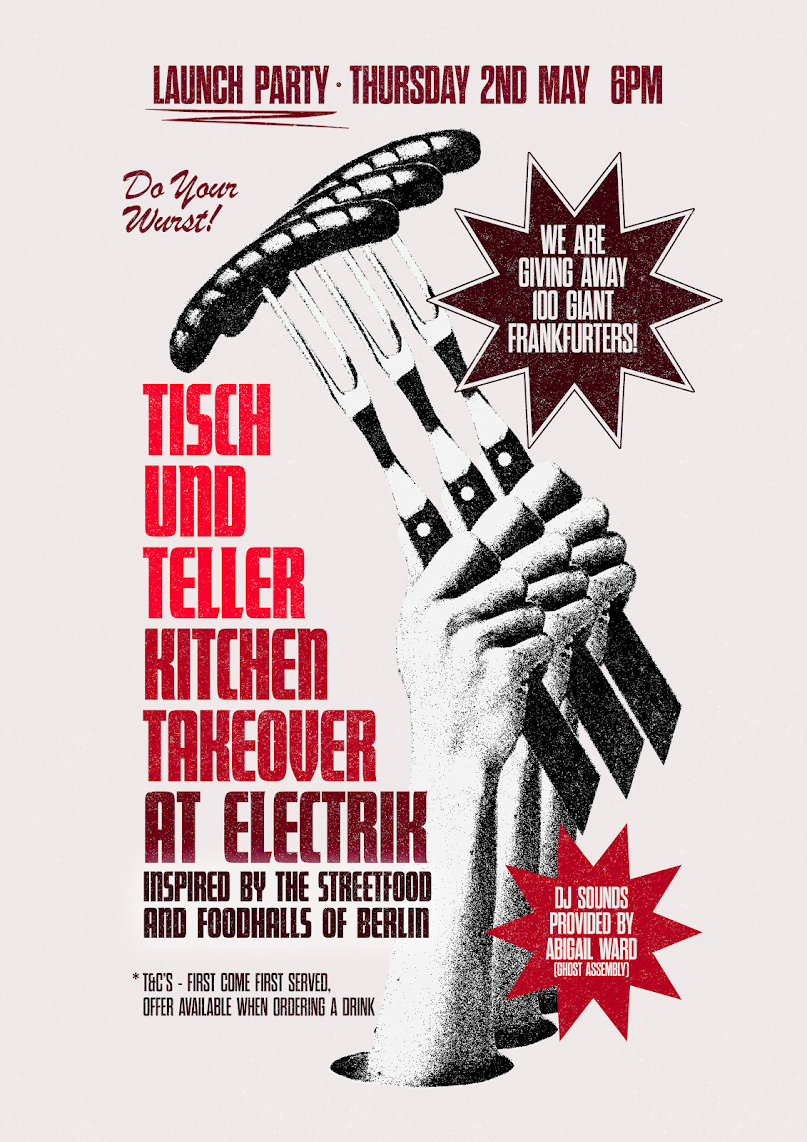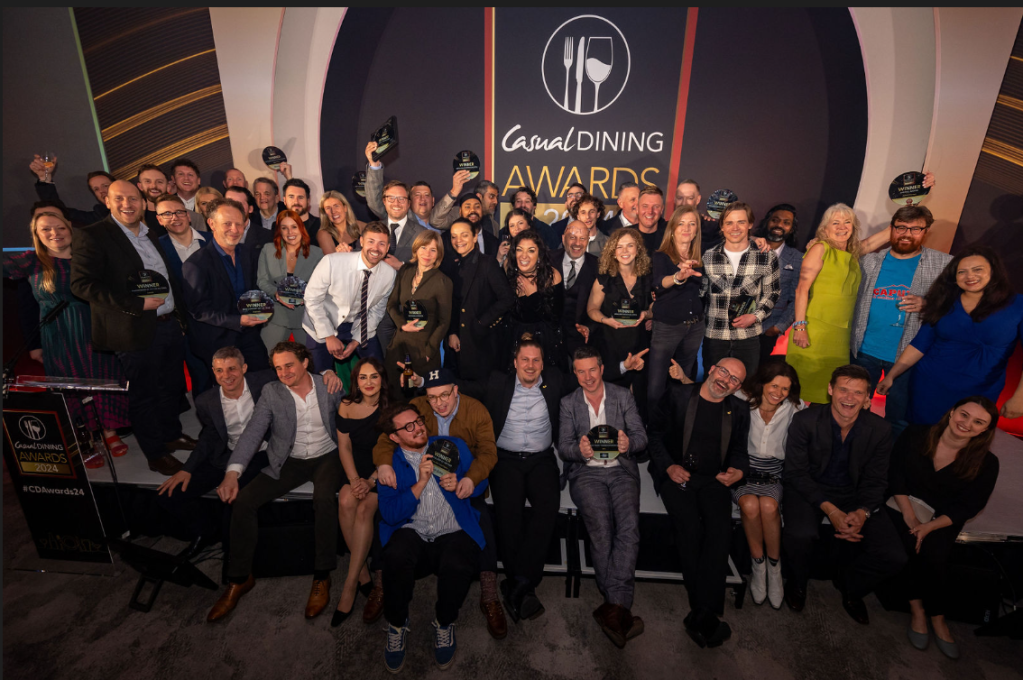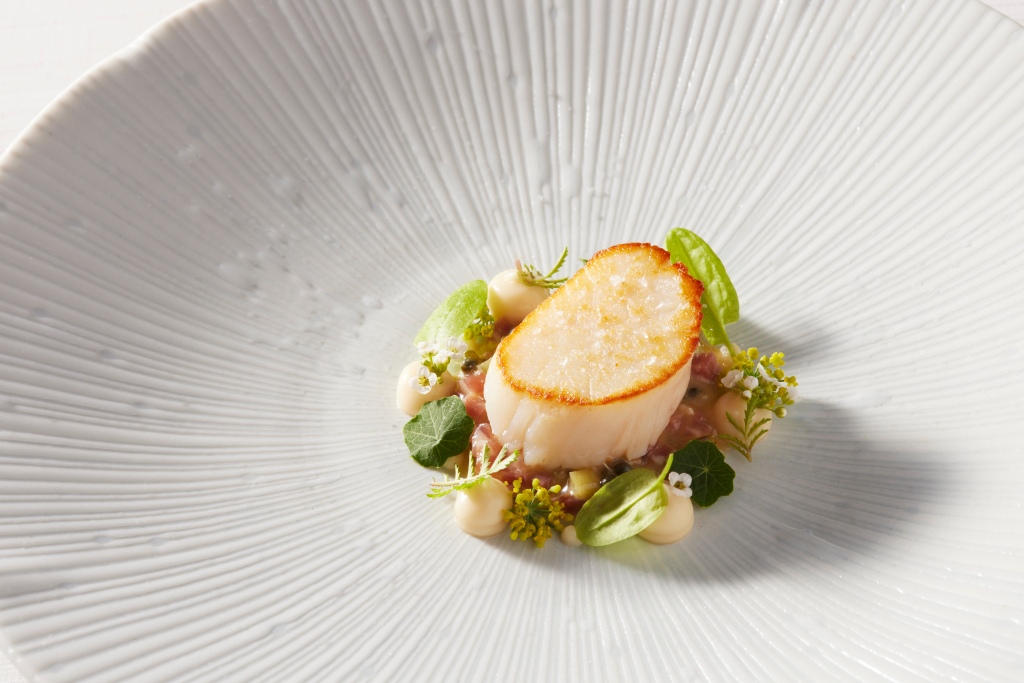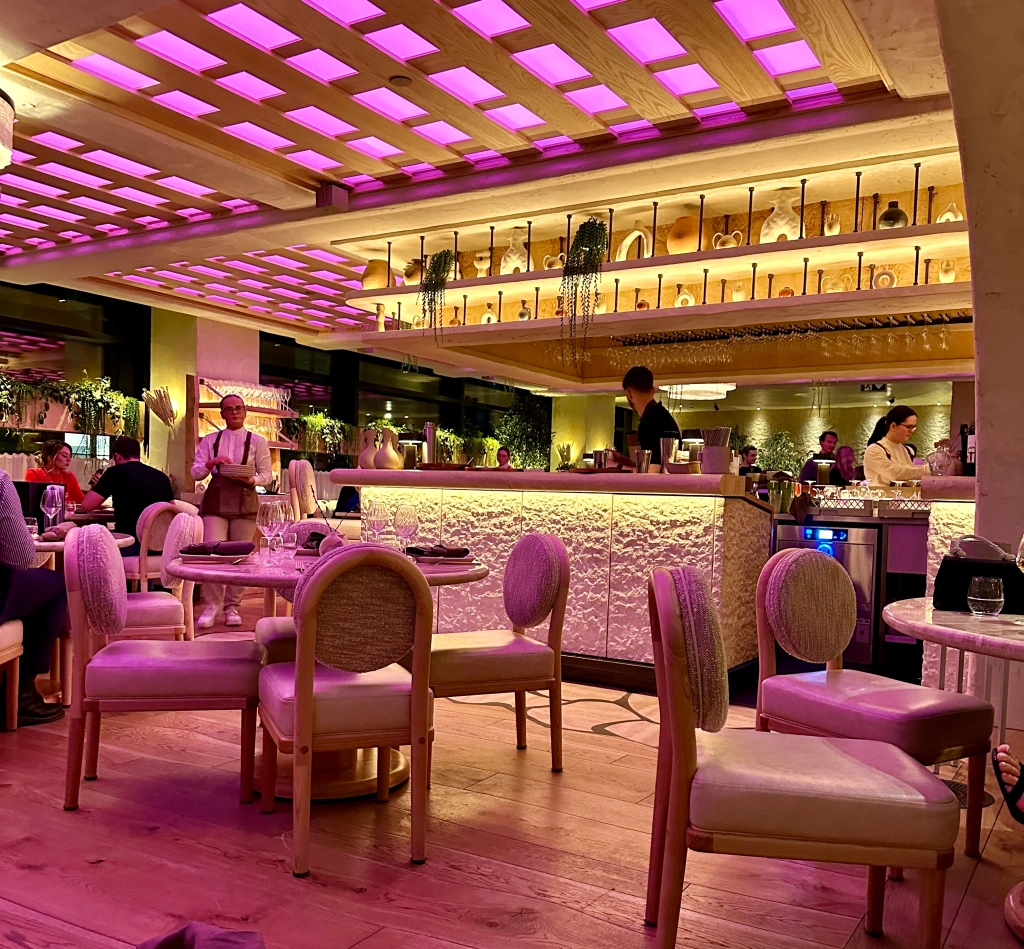Weekends are a great time to get away from it all and try something different, and it doesn’t always have to involve a trip overseas.
This month, I travelled a little over an hour from Manchester, to the town of Weston, home to two sister properties, named Weston Hall and Saracen’s Head.
The reason for choosing this destination, was not because of the hotels themselves, but their proximity to Nelsons Gin Distillery, which holds a regular ‘Gin School’, allowing you to not only try a selection of their gins, but also to invent and make your very own bottle too.
As I wanted to have the full experience, which I was told would also include trying your own gin, as it came out of the still, at around 82% abv, I thought it better not to drive.
So on a wet summers day (Standard), I set off to The Saracens Head (Which I will review seperately soon), where I had planned to park my car and grab a taxi to the distillery. I mistakenly thought that I would be able to hail an Uber, but I was wrong! Thankfully, the lovely staff working the breakfast shift, were able to call me a local taxi, that turned up promptly and transported me the short (10 mins) trip to the distillery.

Nelsons produce a number of award winning gins for themselves, but they have also caught the eye of a number of chefs, who Nelsons now produce gins for, including Matt Tebbutt and Michelle Roux Jr (They also produce a gin exclusively for Le Gavroche).

First produced in 2016, Nelson’s gin is distilled by Neil Harrison, who up until 2013, when he became a Master Distiller, was a chef by trade. Utilising his skills of matching flavours and profiles, he set about to come up with his own gin recipe.
He booked out a gin school and utilised its 7 stills to experiment, and it was on his 7th visit, that he finally came up with one that he was happy with and Nelsons Gin was born. The No 7 on the bottle today is a reminder, that it took 7 stills and 7 visits to the school, to come up with the chosen blend, that contains 27 botanicals.
The name Nelson’s is actually a nod to Neils Grandfather of the same name, although rather fittingly, the bottle features a picture of Horatio Nelson, who we know was partial to a tiple of Gin and even had a distillery built at the naval base in Menorca.

Since launching the first London Dry, Nelsons have gone on to win a number of awards, including for their Rhubarb and Custard and their Timur. Timur is an ingredient found in the Nepalese Mountains and is part of the Szechuan Pepper family, although it has a very citrus like aroma, not too dissimilar to Grapefruit, although with its very own unique properties.
The Gin School allows others to experiment with a host of botanicals, in order to produce their very own gin, and I was excited to see how my own ideas may actually work out.
The day starts with Tea and Coffee, while David introduces what the day will bring and allows everyone to settle in.
David is a fantastic host, and helps to get everyone really involved, while bringing fun and engagement throughout. With a talk based on the history of botanicals in gin, David sets the scene for what is going to be the highlight (making our own gin) later on.

After learning about its ingredients, David then introduces their customer made Hybrid Still, with an explanation of how they produce their gins.
It’s now time to start work on choosing our own botanicals, with a little help from the team, to ensure that everyone stays on track. For me, I take inspiration from a cardamom chocolate bar, that I used to love, but is no longer produced.

With my selection of botanicals from all around the globe, including Caçoa, Tonka Bean, Green Cardamom, Grains of Paradise, Caraway, Guaraná, Lime Peel and Galangal.

As we set the small still up, and turn on the heat, we are given our next instructions. This involves making sure the heat is regulated, in order to retain just the right level of drip rate.

With one eye on the spout of my still, David continues with stories around the social history of gin, including the publishing of Gin Lane and Beer Street, images that have shaped peoples perception of gin for many years, including the phase ‘Mothers Ruin’ which is still referred to today.
While the gin continues to drip away happily from my still, we are invited to enjoy another gin and a Buffet lunch.

As our very own gins start to come to fruition, we get to taste the spirit direct from the spout of the still, weighing in at a massive 80% proof and with a punch of flavours, I start to think that I have actually done quite well with the flavours and am finding the very high strength spirit rather tasty!
As the spirit nears completion, David keeps checking the strength to ensure we don’t distil too far and start to ruin the quality of the final product. When finish, it is diluted with filtered water and bottled.

The final steps were to seal the bottle, which we do by dipping in hot wax, and then label our own gin, which I named ‘World Traveller Gin’ a nod to the ingredients I used, which take me back to places I have lived and worked around the globe.


The day was not only entertaining and insightful, but the bottle of gin I took away was also very tasty and now takes a place on my very own gin shelf at home. The great news is that if you love your gin so much, that you want to have it made again, you can actually order it online, and David will replicate your recipe!
Book your own gin experience, or check out the range of Nelsons Gins for yourself here.






Leave a Reply